Books
Titan Books Releasing ‘Terrifier 2’ Official Novelization This Halloween!

In partnership with Cineverse and Bloody Disgusting, Titan Books is thrilled to announce the upcoming novelization of director Damien Leone’s hit slasher film Terrifier 2!
From Tim Waggoner, author of the Halloween Kills and Resident Evil: The Final Chapter novelizations, the Terrifier 2 novelization will be unleashed on October 29, 2024.
The news was first reported by Variety this morning.
In this gruesome novelization of the hit horror film, the nightmarish Art the Clown returns from the dead to continue his murderous and mad spree in the sleepy town of Miles County, one year after they survived the events of Terrifier. Little do they know the nightmare is about to begin anew.
Resurrected by a sinister entity, Art is back with an appetite for murder and mayhem—setting his sights on the recently bereaved teenager Sienna and her younger brother Jonathan. The streets are about to run with blood, and Sienna must somehow survive this gruesome Halloween night and discover how to defeat a brutal and unforgiving killing machine from beyond her nightmares.
There’s no stopping Art once his sights are set on you…
“We can’t think of a more perfect partner to help Bloody Disgusting expand into publishing than Titan, and no better way to do it than with an incredible novelization of Terrifier 2 by Tim Waggoner,” said Tom Owen, VP, networks strategy for Cineverse, which launched its publishing brand “Bloody Press” late last year. “Kickstarting this partnership with such an awesome project is just the beginning and we can’t wait to put our stamp on more titles in the near future.”
The feature film, Terrifier 2, is available for streaming on SCREAMBOX. Like classic horror movie novelizations, expect the upcoming novel to feature new material not seen in the film!
Terrifier 3 slashes into theaters October 11, 2024.
Tim Waggoner writes horror, dark fantasy, and media tie-ins, including Supernatural, Kingsman, and Resident Evil. He’s a four-time winner of the Bram Stoker Award, a one-time winner of the Scribe Award, and a two-time finalist for the Shirley Jackson Award. He teaches creative writing and composition at Sinclair College in Dayton, Ohio.
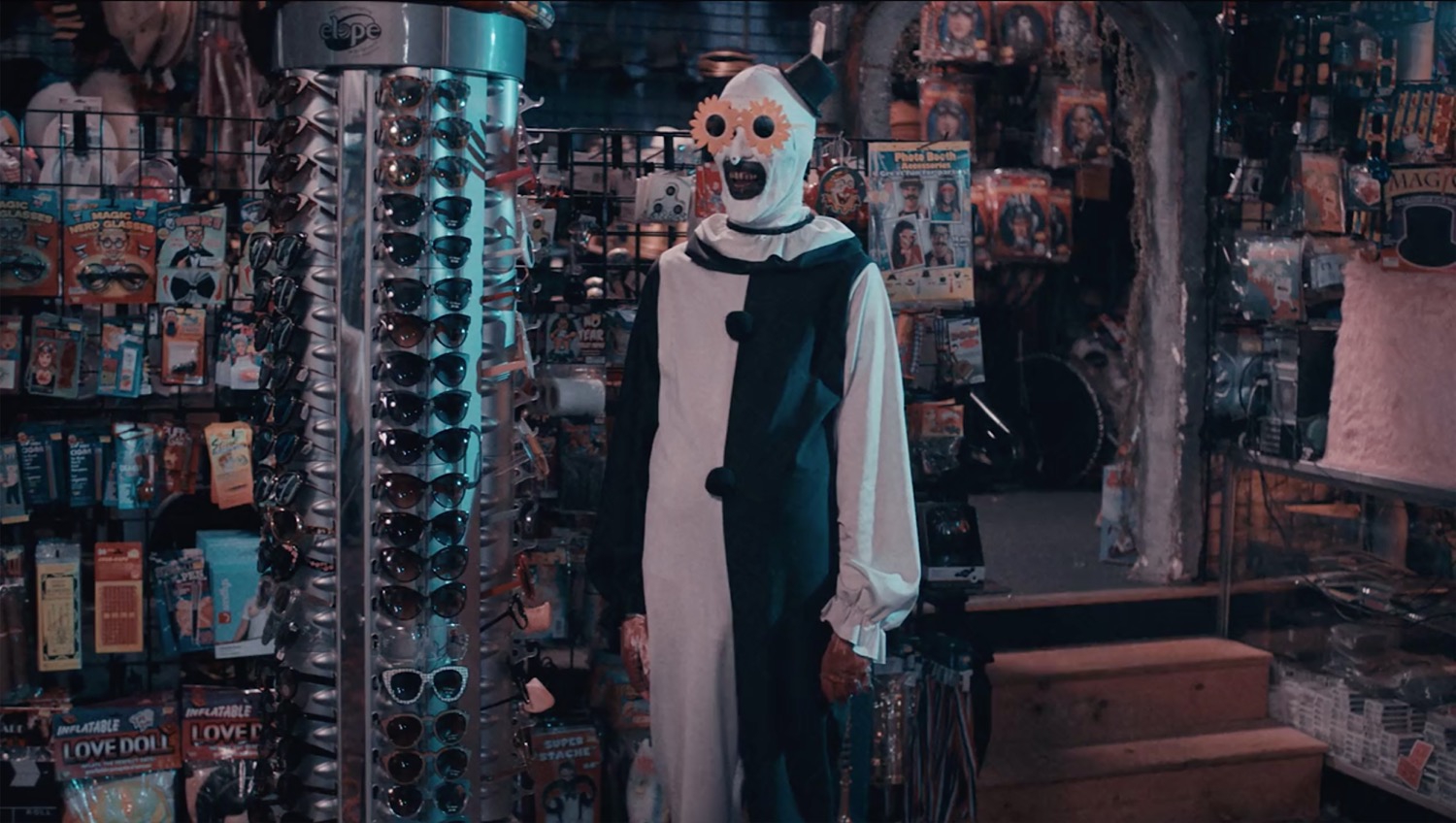

Books
‘Disturbing Behavior’ – Revisiting the Teen Horror Movie 26 Years Later

While Scream set off a new slasher cycle in the late 1990s, MGM delivered something different with Disturbing Behavior. A fitting choice considering the film’s themes. Ultimately, though, this ‘98 teen chiller landed a bit more in the science-fiction bin than straight, undiluted horror; one by one, a town’s troubled youths endure sinister, personality-warping makeovers to make them better fit into society. That sort of genre pitch, when coupled with up-and-coming young actors like Katie Holmes and James Marsden, should have been enough to draw in the target demo. Yet the studio and the director, David Nutter, didn’t see eye to eye on things, resulting in one of the most troubled horror productions of that decade.
Scott Rosenberg’s screenplay for Disturbing Behavior was written a few years before Scream was released, and it was nearly produced by New Line Cinema before plans changed. Luckily for Rosenberg, he was allowed to shop his work around elsewhere. Once the project was picked up by MGM, Nutter then signed on after having mainly worked in television and only having one feature to his name; he directed a good deal of episodes during the early seasons of The X-Files. That greater part of his résumé likely landed him Disturbing Behavior. After all, the producers wanted the film to be like “X-Files for teenagers.”
Despite comparisons to The Stepford Wives, this youth-oriented reimagining does not have its characters being replaced by robots. On the contrary, the pubescent prey of a Northwestern town’s nefarious scheme are simply “upgraded.” Bruce Greenwood’s creepy character, a visiting school psychologist named Dr. Caldicott, is the mastermind behind the teenagers’ tinkering. His unique process involves the “regulation of endocrinologic surges;” unlike the film, John Whitman’s tie-in novelization brings up the doctor’s scientific methodology in slightly more detail. In fact, a small but not insignificant amount of what MGM left on the cutting room floor can be found in this literary companion.
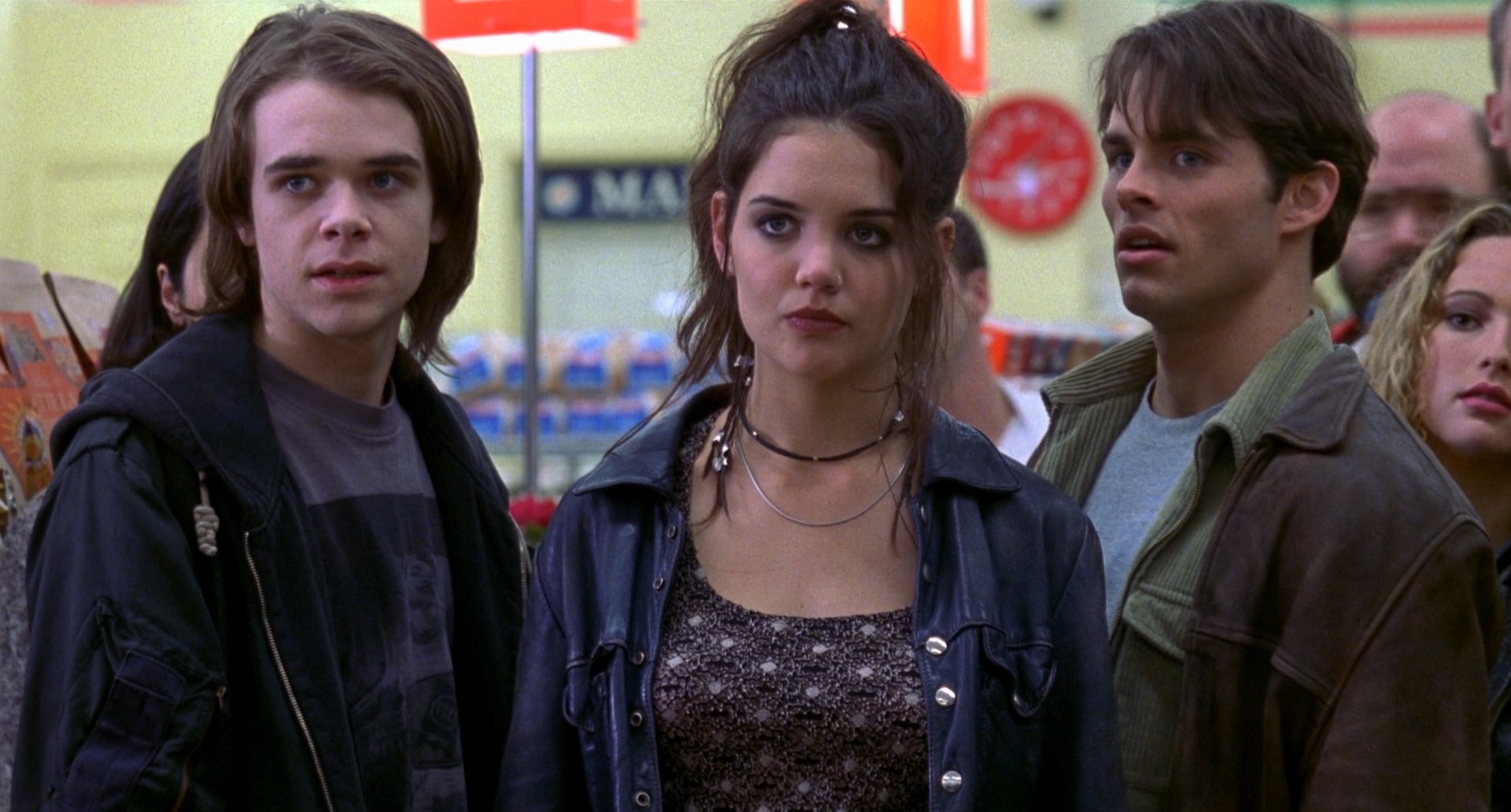
Image: Katie Holmes, James Marsden, and Nick Stahl in Disturbing Behavior.
As it is now known, Disturbing Behavior experienced a brutal hack job prior to its theatrical release (and tanking). Negative remarks during test audience screenings spurred edits, much to the chagrin of Nutter. However, when the first set of changes did not produce a higher score at a subsequent test screening, the frustrated and desperate MGM took over and had the studio’s then vice president of production editing, George Folsey Jr., handle the final revision. What had already been cut down to a 95-minute film was then reduced to a 75-minute (minus credits) shell of Nutter’s vision. The outspoken director blamed much of the film’s failure on MGM’s former president Michael Nathanson along with his reliance on research from the National Research Group (NRG). Nutter thought the requested edits he made himself were valid, yet he found “MGM’s didn’t make sense at all.”
Circling back to the novelization, Disturbing Behavior’s biggest excision involved the protagonist of Steve Clark (Marsden) and his dead older brother, Allen (played by Ethan Embry on screen). This YA-sized book, which runs a tad under 190 pages with a photo section included, does not gloss over the distressing particulars of Allen’s death. Whereas the theatrical cut of the film momentarily mentions the origin of Steve’s dejection as well as the motivation for his perseverance. Test audiences did not like the fuller, tragic backstory of Allen, who died of suicide (along with his girlfriend), so Nutter pared down that narrative element to its most key parts. In doing so, though, Steve lost a fair share of his character arc. Even Rachel’s (Holmes) own vocal aspirations to get out of Cradle Bay, escape poverty, and go to college had been muted in favor of a more streamlined, commercial film.
Nutter told Fangoria back in 1998: “If you build it, they will come.” The “it” the director was referring to, of course, being a smart teen horror film. “You have to respect their intelligence, and they’ll respect you.” Sadly, MGM was on a different page. The studio did not seem too concerned by the watering down of the film’s characters and story, seeing as it just wanted a “Scream-style teen shocker” and for Nutter to get straight to the “fright beats.”
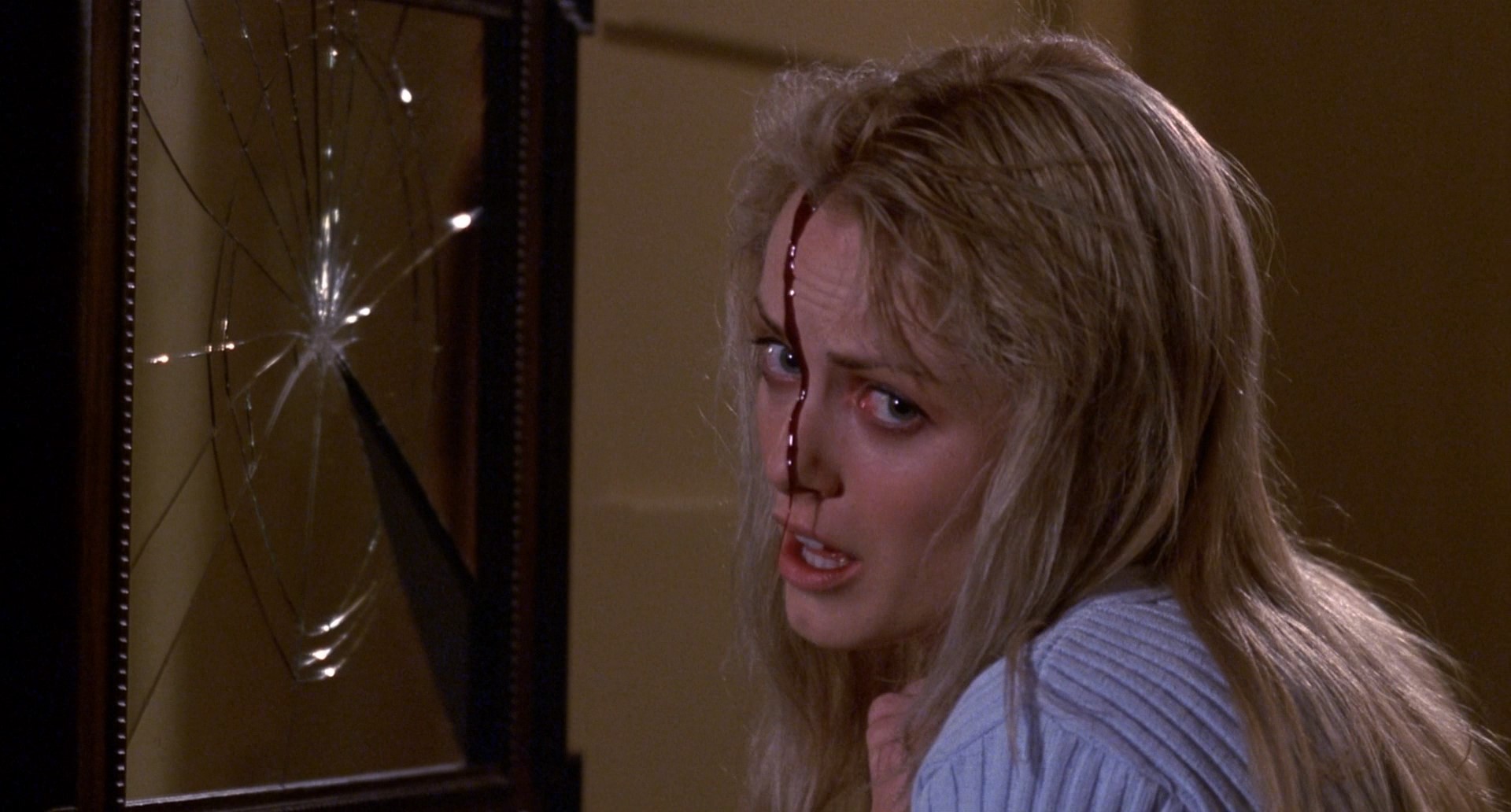
Image: Crystal Cass in Disturbing Behavior.
In the end, Disturbing Behavior comes out looking like an expensive episode of The X-Files. Having been shot in Vancouver and sharing actors and crew only reinforces that opinion. Even so, it remains a fairly attractive and nostalgic piece of late ’90s horror. No amount of overediting can erase that. Marsden, Holmes, and their co-stars, particularly Nick Stahl, also speak the punchy, stylized dialogue with “razor” credibility. And the brainwashed victims steal the show here, with their “hard-on” glitch fits coming across as more menacing and unsettling after being juxtaposed with clean-cut presentations.
There is no mistaking the cautionary tale quality to this film. The concept of a society suppressing people’s individuality is timeless, as is the danger of conforming. Yet as Disturbing Behavior demonstrates with jarring effect, controlling identity and limiting freedom has its adverse consequences. So while the thematic material here is executed in the most unsubtle manner, it still serves as an important lesson for every generation.
Nutter has since described his first major feature as the “worst experience” of his life; back then he was even tempted to remove his name from the project. Nutter’s negative reaction to the studio interference is certainly valid, yet what survived is still rather watchable and entertaining. And supplementing the theatrical cut are unofficial restorations with some deleted footage reinserted. This includes the original conclusion that test audiences disliked — on account of Stahl’s character’s fate — and the whole messy story of Steven’s brother’s death. Nevertheless, cult fans of Disturbing Behavior would still prefer a bona fide director’s cut. One that not only gives the film a better semblance of what Nutter envisioned pre-MGM’s meddling, but also helps redeem it after years of harsh criticism.
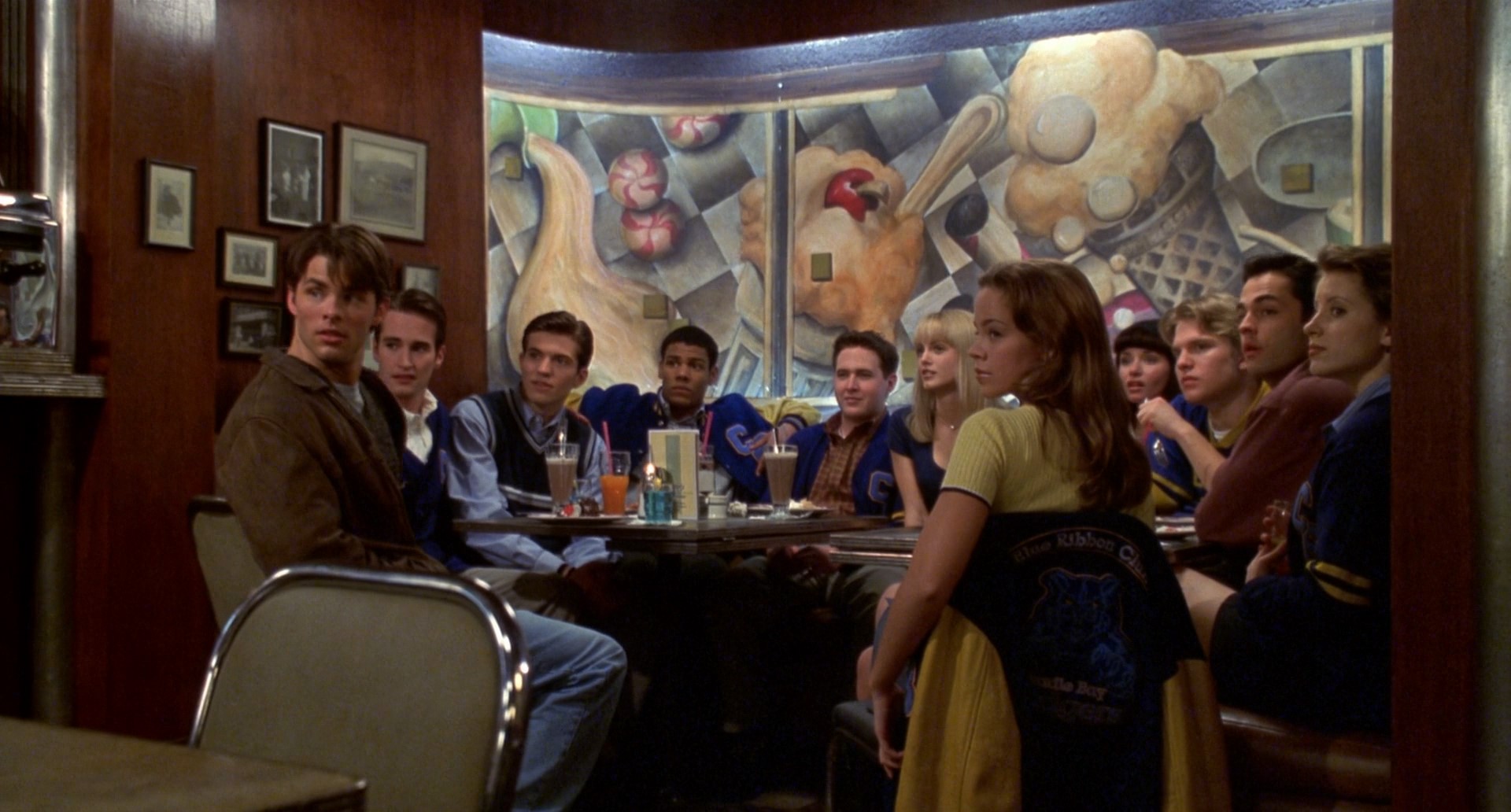
Image: James Marsden’s character Steve with the Blue Ribbons in Disturbing Behavior.

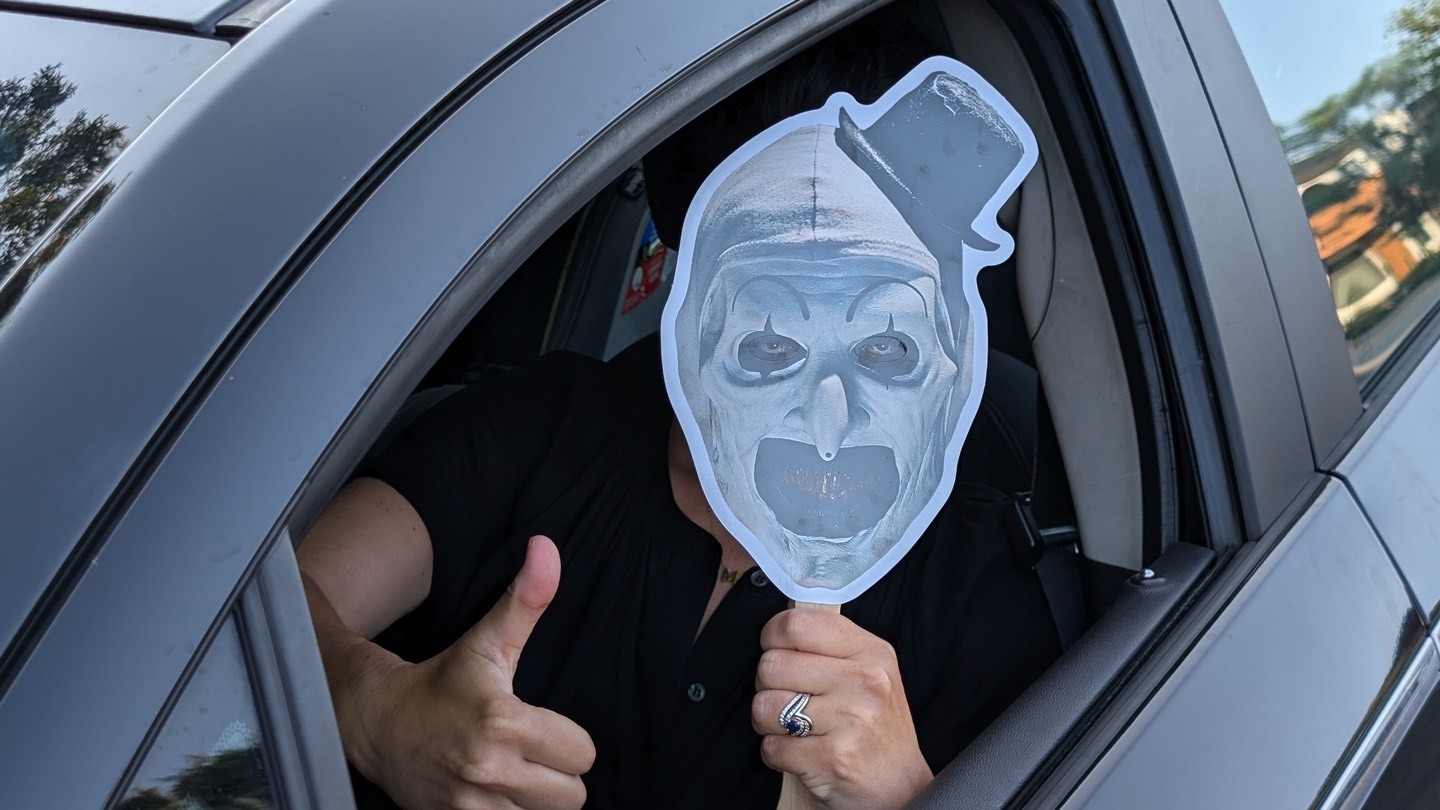


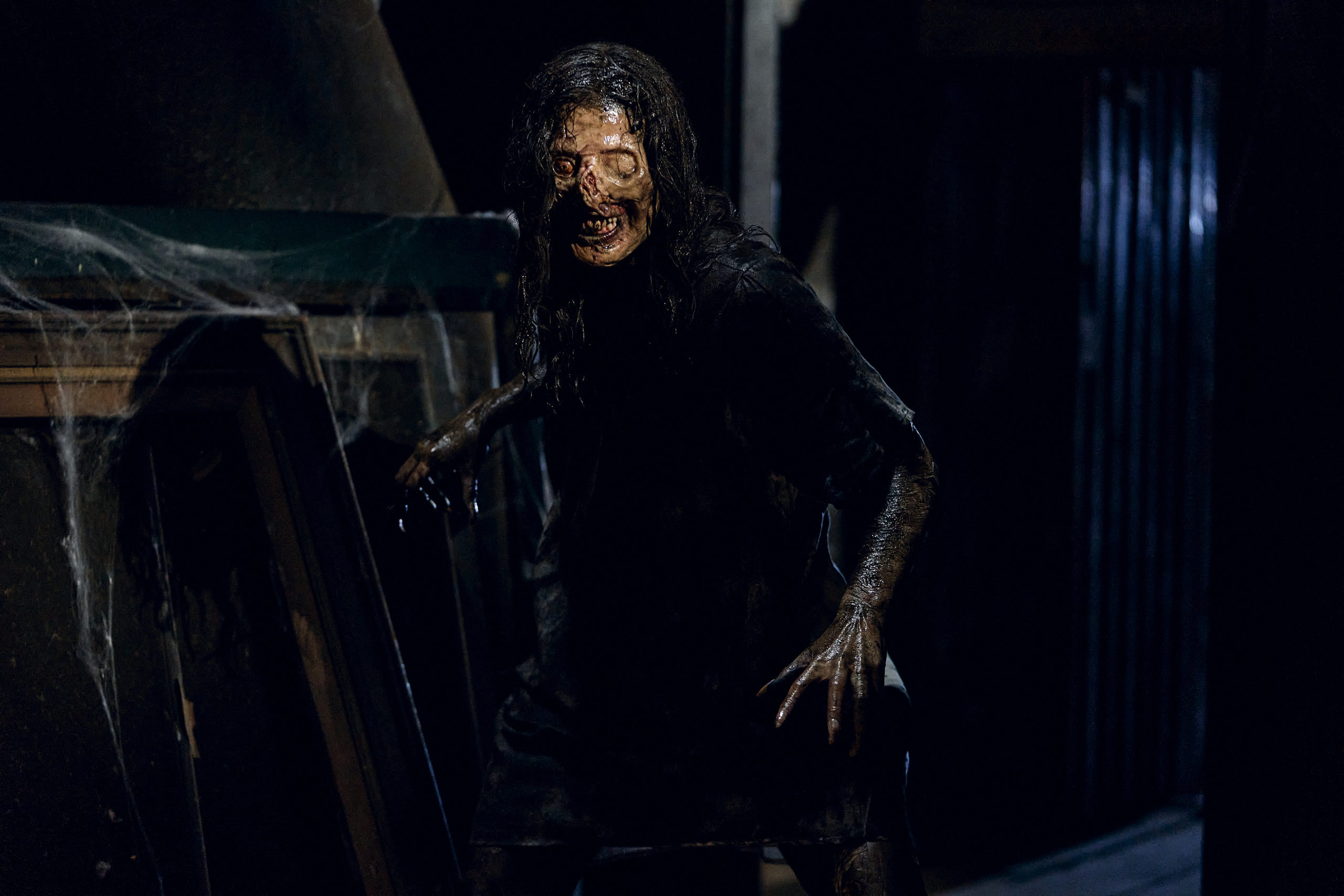
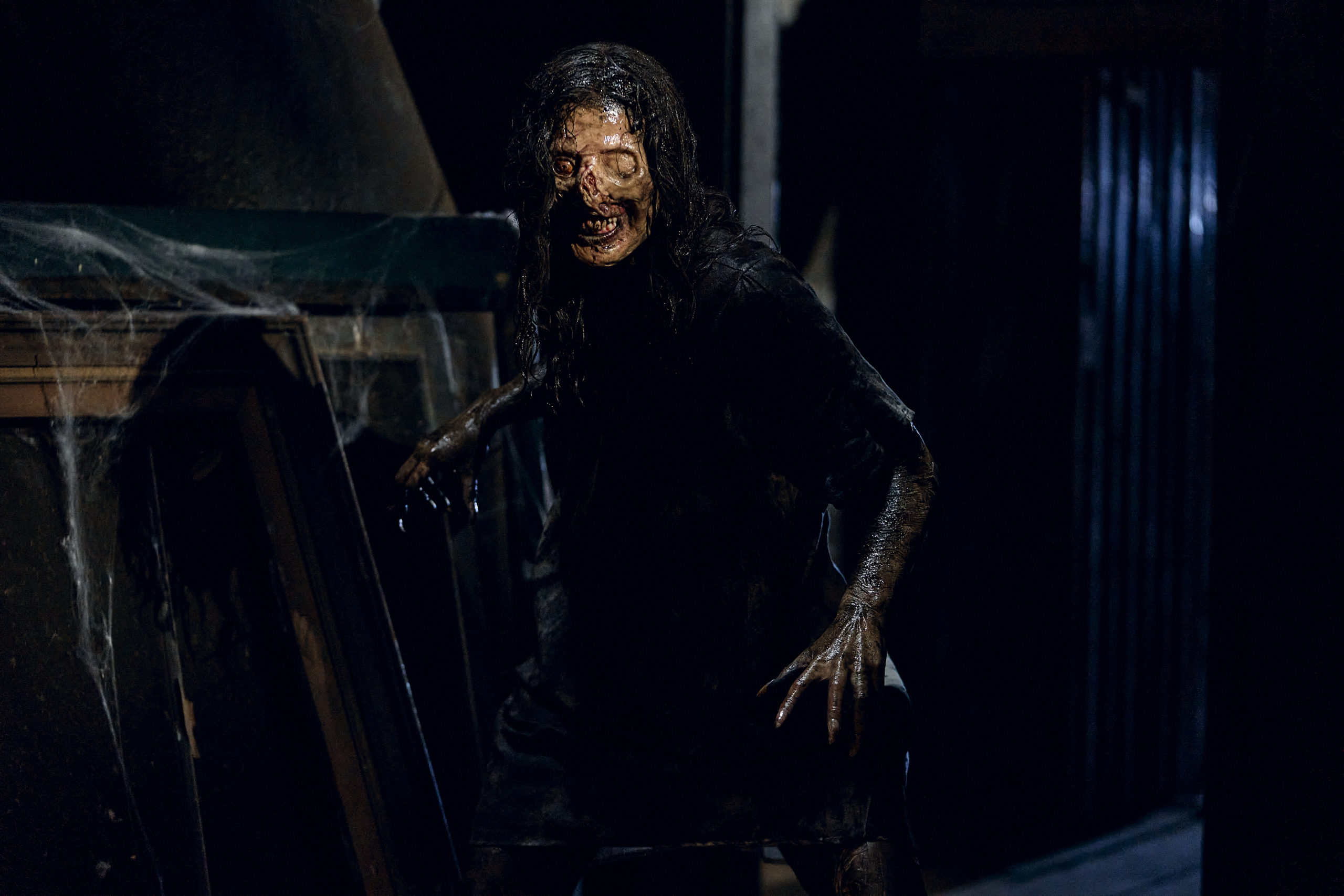


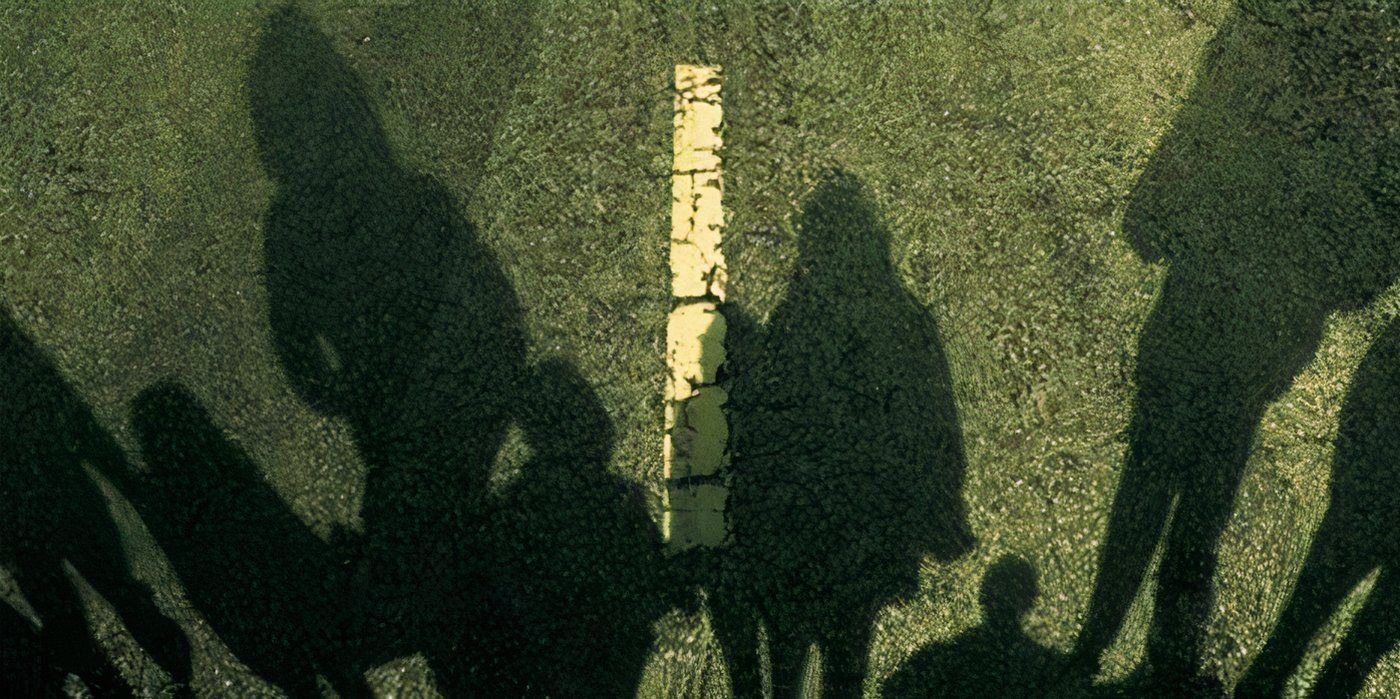



You must be logged in to post a comment.